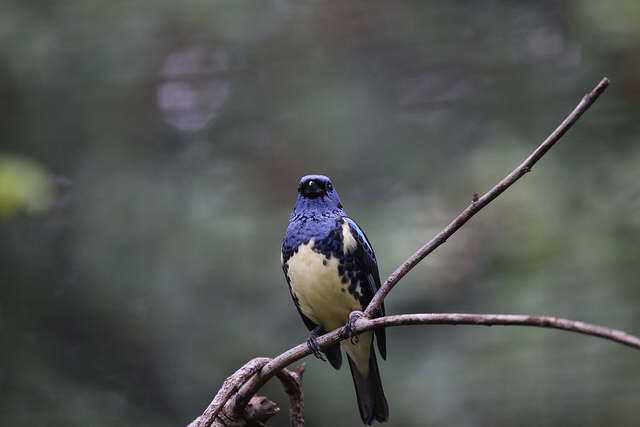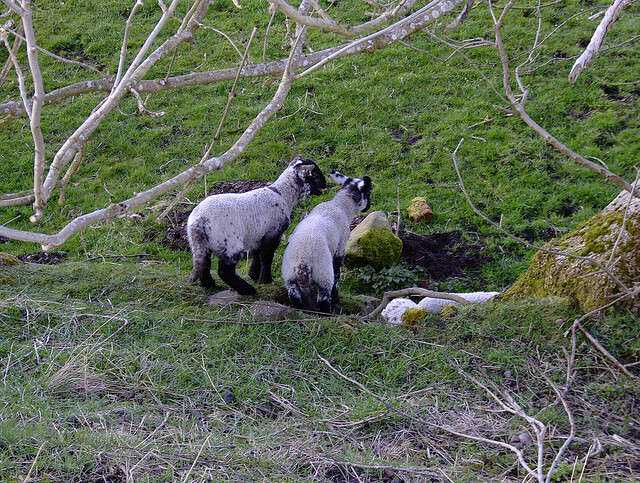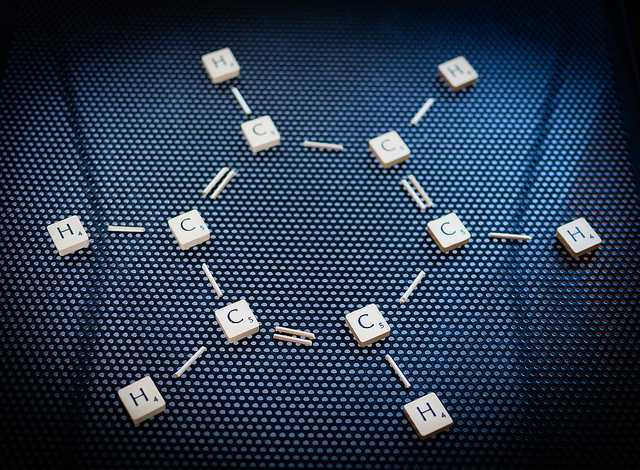
Photo by cuatrok77
Protoplasm is the living part of plants and animals. The secret of protoplasm is the secret of life itself. We still do not know what makes protoplasm a living substance. All organisms, plants, and animals, are composed of cells. There can be several million cells In a living organism, as in the human body, or just one – as in protozoa.
Walls of the cells of all living beings are wrapped by the same vital matter – protoplasm. In each cell, protoplasm consists mainly of two parts: a stronger central part which is called a sail, and a softer, more liquid part which is called the cytoplasm.
Every living species has its own kind of protoplasm, and different types of cells in the body have their own special forms of protoplasm. Although the protoplasm differs, 99 percent of its content consists of carbon, hydrogen, oxygen, and nitrogen with traces of many other elements. When living being takes food, it is first digested, and then it’s transformed into liquid form. Digested food must be taken into the protoplasm and become its integral part: the process is known as assimilation. We still do not know exactly what is happening during assimilation.
It is known that assimilation leads to the replacement of worn protoplasm and increasing the amount of protoplasm. During the assimilation, protoplasm incorporates dead substances in living matter and changes the foreign substance into a substance more similar to itself. Protoplasm also builds up and releases all the energy that plants and animals have.
Protoplasm is sensitive to external influences. Strong light and heat will kill it. Chemicals attract or reject protoplasm; electric cause various reactions in protoplasm.
If science discovers one day what runs processes in the protoplasm, we will find out the secrets of life itself.



